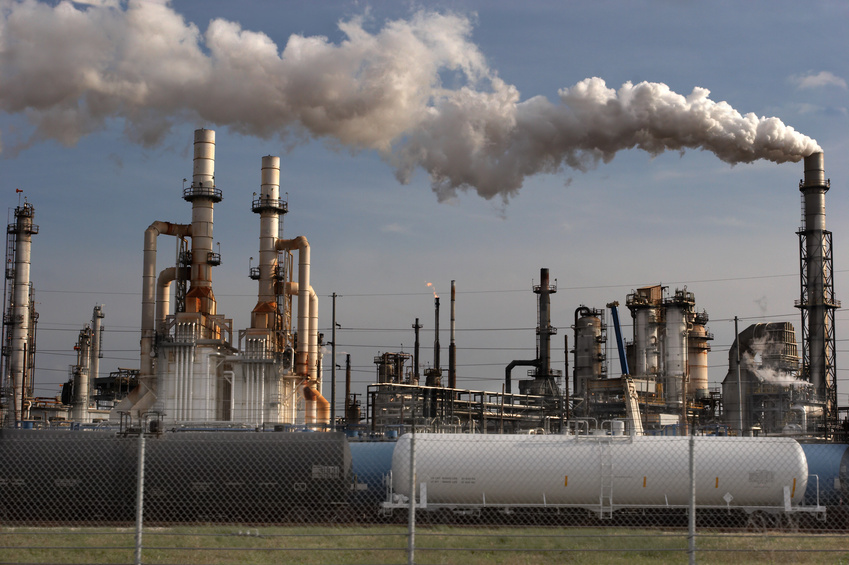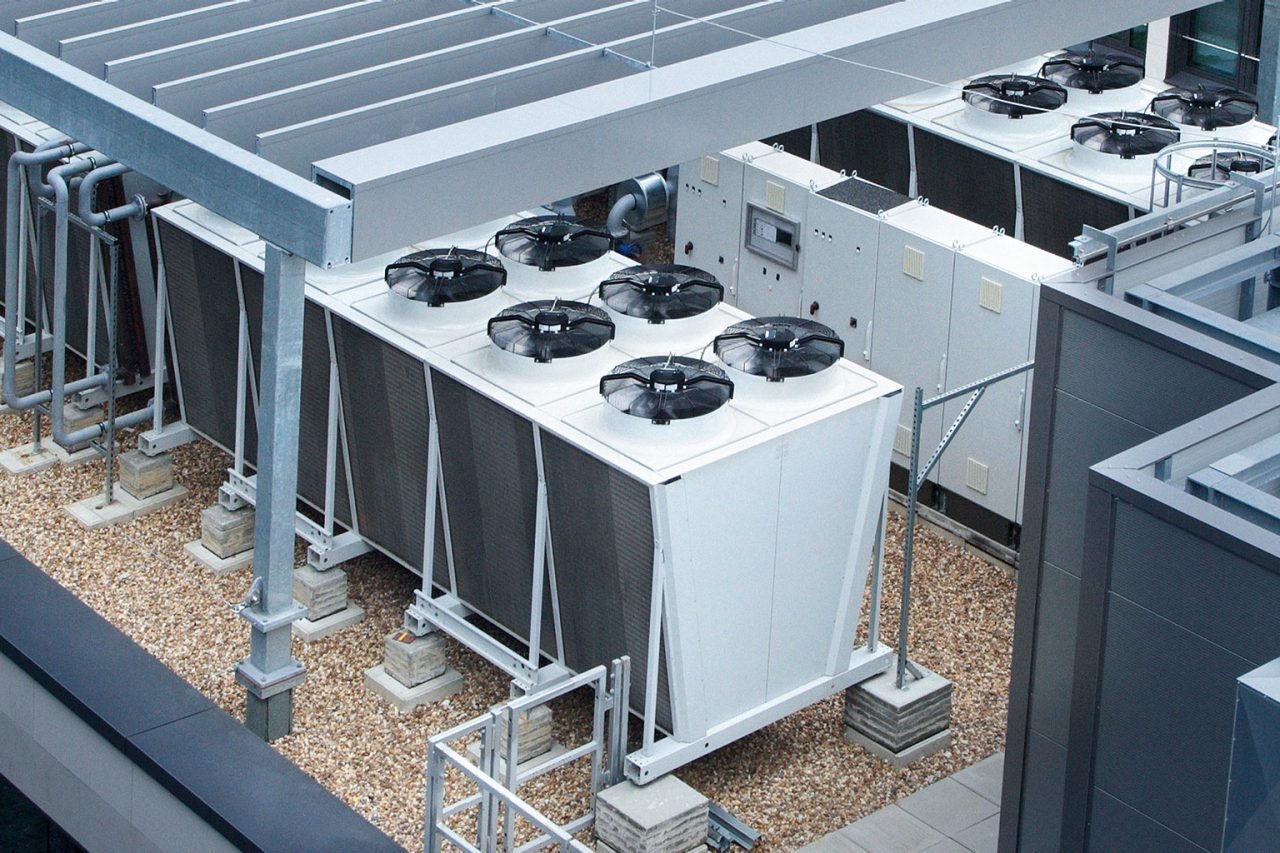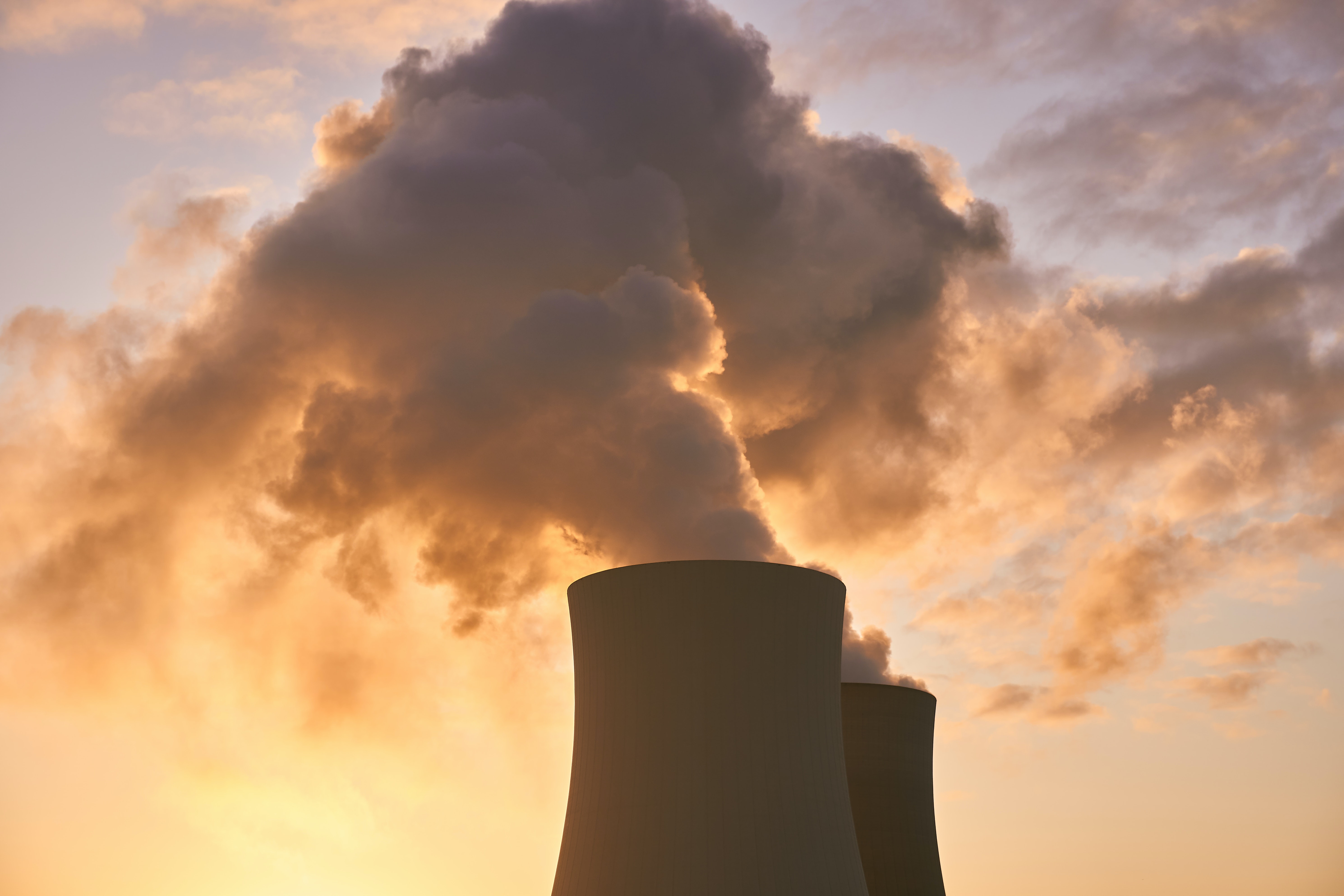On March 11, the Biden Administration issued its budget proposal for federal Fiscal Year (FY) 2025 (October 1, 2024 through September 30, 2025). The administration proposes a $10.994 billion budget for the Environmental Protection Agency (EPA), an 8.5% ($0.858 billion) increase above money allocated to EPA under the latest FY 2024 Continuing Budget Resolution (since no budget has been adopted for FY budget under continuing resolutions during FY 2024 (I wrote about the Administration’s FY 2024 proposal HERE). ctionsEven if an FY 2025 budget is enacted, political differences make significant reductions likely, but, it’s worth reviewing the proposal as a reflection of the Administration’s ongoing environmental priorities. The remainder of this note summarizes the latest proposal.
Read MoreAudit, Compliance and Risk Blog
Biden Administration again requests significant EPA budget increases
Posted by Jon Elliott on Wed, Apr 03, 2024
Tags: Environmental, EPA, Environment, Environmental Policy, FTE, Joe Biden, USA
The Environmental Protection Agency (EPA) announced on February 7. 2024 its decision to tighten one the National Ambient Air Quality Standard (NAAQS) for particulate matter less than or equal to 2.5 microns; (PM-2.5; also call “fines” in contrast to larger particulates). This decision completes EPA’s reconsideration of a decision in 2020 not to adjust the PM-2.5 requirements (I wrote about that decision HERE); the change reflects in part the changed priorities between the Trump and Biden administrations. The rest of this note summarizes NAAQS issues as they apply to PM-2.5.
Read MoreTags: Environmental risks, Environmental, EPA, clean air, Air Toxics, Environment, Clean Air Act, Environmental Policy
Canada: Federal Court rejects listing of Plastic Manufactured Items as “Toxic Substances” under Canadian Environmental Protection Act
Posted by Jon Elliott on Mon, Feb 19, 2024
Among its many provisions, the Canadian Environmental Protection Act (CEPA) creates several lists of “toxic substances,” and empowers Environment and Climate Change Canada (ECCC) to revise the list. In 2021, ECCC add “plastic manufactured items (PMI)” to one of these lists, but was sued by manufacturers seeking to void the addition. Extensive CEPA amendments were enacted in April 2023 (“Strengthening Environmental Protection for a Healthier Canada Act” (Bill S-5)), including revisions to the toxic substance lists – including recodification of the listing of PMI – and left ECCC’s authority over toxic substances relatively unchanged, so the litigation continued. In November 2023, the Federal Court ruled that the CEPA amendments did not moot the issues in the litigation, and ruled that ECCC had exceeded its statutory and constitutional authority when listing PMI.
Read MoreTags: Environmental risks, Environmental, Greenhouse Gas, climate change, Environment, Environmental Policy, Climate, ECCC, CEPA
Huge Clean Air Act settlement against truck emission cheater
Posted by Jon Elliott on Tue, Feb 13, 2024
On January 10, 2024, the U.S. Environmental Protection Agency (EPA), U.S. Department of Justice, and the California Air Resources Board (ARB) filed a settlement agreement with Cummins, Inc. covering nearly one million Ram vehicles for which Cummins supplied diesel engines with illegal software-based “defeat devices” that produced misleading emission certification results compared with significantly higher emissions while the vehicles are in actual use. Cummins will pay the largest CAA penalties ever ($1,675 million in federal and state penalties), will fund environmental mitigation projects to compensate for excess nitrogen oxides (NOx) emissions ($175 million), and will also recall 630,000 vehicles (model years 2013-2019) to remove the defeat devices (estimated costs $150 million, including warranty extensions). Cummins will also implement corporate governance, organizational, and technical process reforms to minimize the likelihood of future violations.
Read MoreTags: Environmental risks, Environmental, EPA, clean air, Environment, Clean Air Act, Environmental Policy
On October 7, 2023, California’s governor Gavin Newsom signed two important bills expanding climate-related reporting requirements for targeted organizations doing business in the state – SB 253 (Wiener) (Climate Corporate Data Accountability Act) and SB 261 (Stern). These requirements will be administered by the California Air Resources Board (ARB), which already includes most state greenhouse gas (GHG) regulatory requirements within its extensive air quality and climate authority (centered on the Global Warming Solutions Act of 2006 (AB 32). The remainder of these note discusses these new requirements.
Read MoreTags: Environmental, Greenhouse Gas, ghg, California, Environment, Environmental Policy
Regulatory and market-based programs are steadily increasing opportunities for entities to contract with projects that reduce emissions of carbon dioxide and other greenhouse gases (GHGs), and to claim credit for those “carbon offsets.” Some such claims are used to satisfy formal air quality and GHG reduction requirements, while others are touted to enhance entities’ “green” credentials. Programs around the globe compile such claims, and some provide third party validations – but possible “greenwashing” of unjustified claims remains a significant concern. To address these concerns, California has just enacted legislation to regulate Voluntary Cabon Market Disclosures and penalize noncompliance (Assembly Bill (AB) 1305, Gabriel). These requirements synthesize the most thorough voluntary disclosure programs, and are intended not only to protect California consumers but to codify disclosure standards. The rest of this note summarizes carbon offsets, and AB 1305 requirements.
Read MoreTags: Environmental, Greenhouse Gas, greenhouse, California, Environment, Environmental Policy, environmental protection
EPA tightens Toxics Release Inventory reporting requirements for PFAS “Forever chemicals”
Posted by Jon Elliott on Mon, Nov 20, 2023
On October 31, 2023 the US Environmental Protection Agency (EPA) tightened its reporting requirements for per- and polyfluoroalkyl substances (PFAS) – frequently called ‘forever chemicals” because they biodegrade very slowly – under its Toxic Release Inventory (TRI) program. These changes finalize a proposal issued in (which I wrote about HERE), and reflect EPA’s agency-wide efforts to tighten controls on PFASs proposed in December 2022 (I wrote about these efforts HERE). The new TRI revisions apply to reports beginning in calendar year 2024. The remainder of this note summarizes these changes.
Tags: Environmental, EPA, Environment, Environmental Policy, TRI, PFAS
EPA proposes management requirements for equipment containing HFCs
Posted by Jon Elliott on Mon, Nov 06, 2023
On October 19, 2023, the US Environmental Protection Agency (EPA) proposed to establish requirements for the management of hydrofluorocarbons (HFCs) potentially released from equipment during maintenance or other services, and manage spent HFCs.. These rules support US efforts to implement the 2016 Kigali Amendment to the United Nations-sponsored Montreal Protocol on Substances that Deplete the Ozone Layer (which I wrote about HERE), and codified in the December 2020 coronavirus relief bill (American Innovation and Manufacturing Act of 2020 (AIM Act; which included dozens of unrelated provisions within its 5,593 pages). EPA adopted its over-arching HFC phase-down rules in September 2021 (I wrote about them HERE), and continues to adjust and refine their requirements. The remainder of this note summarizes EPA’s new proposal, which would impose requirements using authority under the Clean Air Act (CAA) and the Resource Conservation and Recovery Act (RCRA).
Read MoreTags: EPA, RCRA, Environment, HFCs, Environmental Policy, CCA, environmental protection, CFC
Pollution Prevention Plan requirements under Canadian Environmental Protection Act
Posted by Jon Elliott on Wed, Sep 27, 2023
The Canadian Environmental Protection Act of 1999 (CEPA) provides a variety of federal environmental protection provisions throughout Canada. The Minister of the Environment and Climate Change (the Minister; who oversees Environment and Climate Change Canada (ECCC), and to which I attribute CEPA authorizations in this note) prepares regulations (including lists of chemicals regulated in different circumstances), and conducts additional planning, regulatory and enforcement activities. In particular, CEPA authorizes the Minister to issue Pollution Prevention Notices (P2 Notices) directing targeted entities to prepare P2 Plans to improve management of any listed “Toxic Substance” in order to reduce environmental impacts. The rest of this note summarizes P2 requirements, which will be revised to conform with CEPA amendments adopted this summer by Bill S-5, the “Strengthening Environmental Protection for a Healthier Canada Act” (S-5), which received Royal Assent on June 13, 2023.
Read More
Tags: Environmental, Environment, Environmental Policy, Pollution, CEPA, environmental protection
On August 17, the US Environmental Protection Agency (EPA) issued a memorandum announcing its National Enforcement and Compliance Initiatives and continuing enforcement priorities for the upcoming fiscal years 2024-2027 (NECI memo). This announcement specifies existing initiatives that EPA will extend, and additional new ones. The NECI memo explains that EPA selected its priorities based on the following three criteria:
- the need to address serious and widespread environmental issues and significant violations impacting human health and the environment, particularly in overburdened and vulnerable communities
- a focus on areas where federal enforcement authorities, resources, and/or expertise are needed to hold polluters accountable and promote a level playing field
- alignment with EPA’s Strategic Plan.
The remainder of this note summarizes the enforcement priorities expressed in the NECI memo.
Read MoreTags: Environmental, EPA, Environmental Policy, NECI










